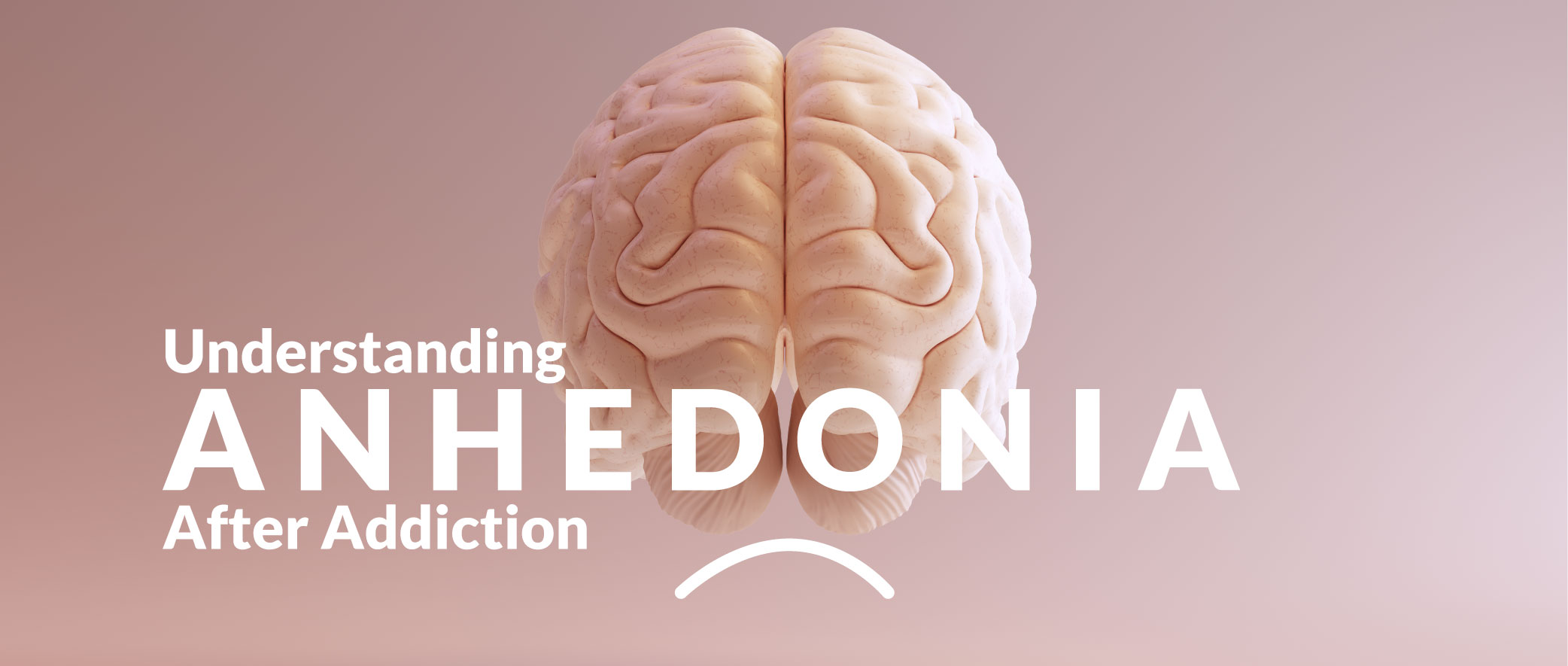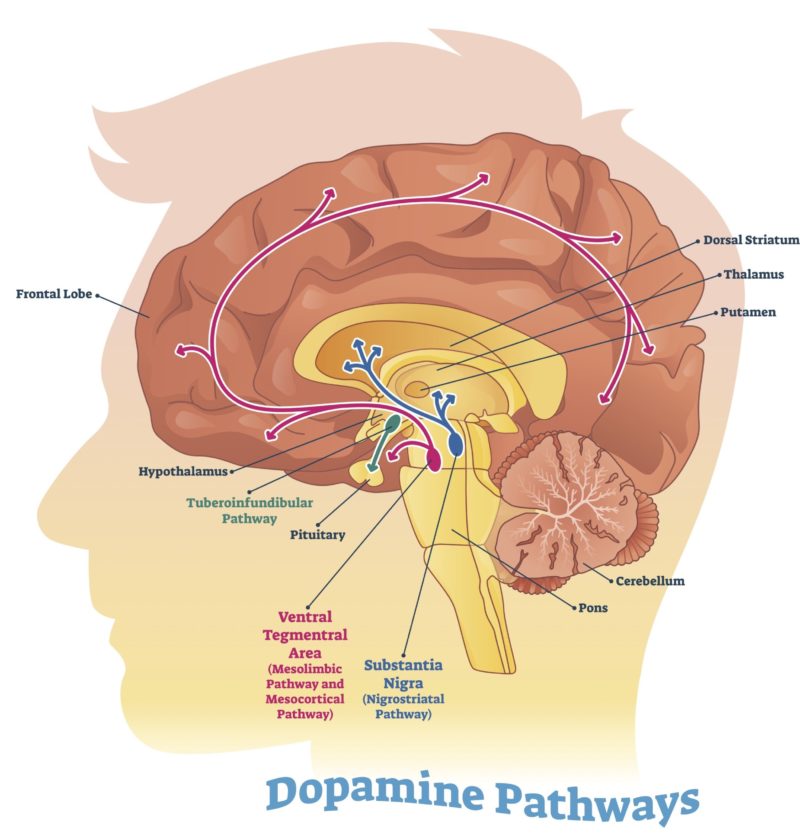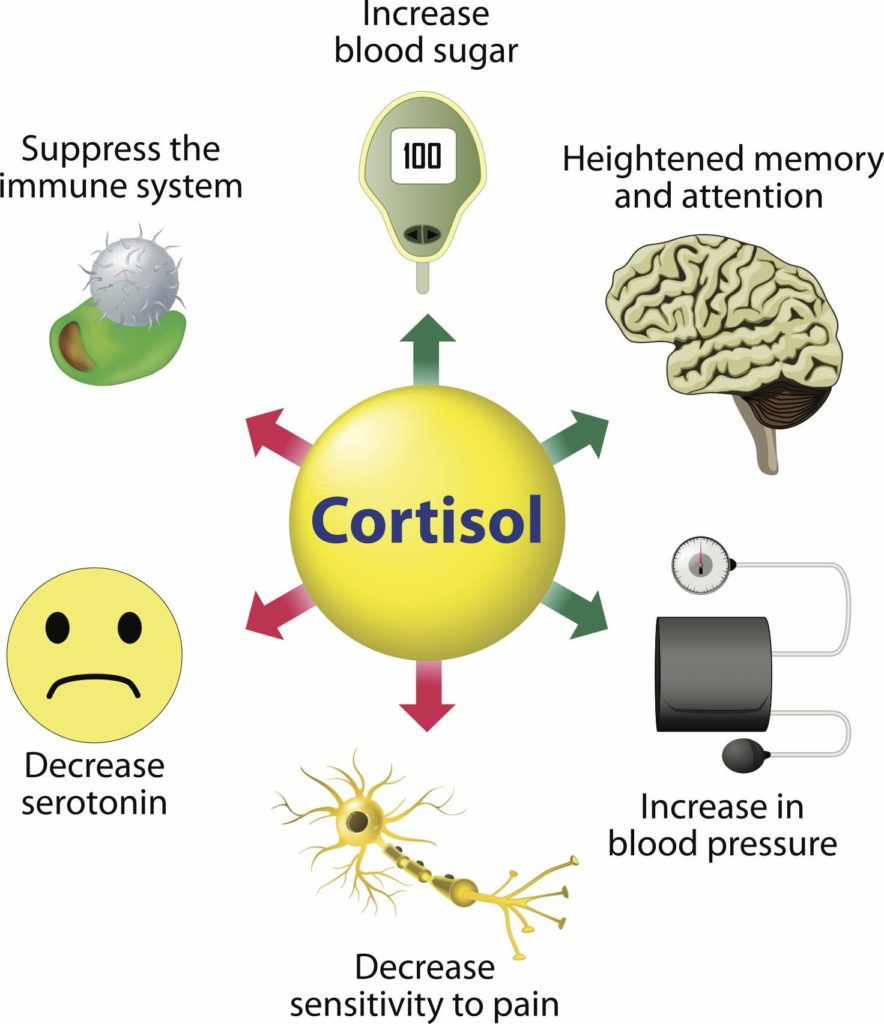
Anhedonia, or emotional flatlining, is a brain-based mental health condition that limits the ability to experience pleasure1. The exact cause of anhedonia is not yet fully understood. But there are several working theories about what can cause it — including dopamine deficits, the immune system, excessive chronic stress, or other conditions.
Anhedonia Test: Want to Know if You have Anhedonia Symptoms? Take the Quiz
Dopamine is a signaling agent (or neurotransmitter) in the brain that plays a large role in our ability to experience pleasure. Thus a shortage of it can limit the ability to enjoy things and create the emotionally stunted feeling of anhedonia. There are four different mechanisms that happen in you brain that can lead to a dopamine shortage.
The ability to produce dopamine is compromised. Your brain does not constantly produce dopamine. Instead, certain signals turn on production, and if these signals are not sent or received the result is low dopamine.
The ability to signal dopamine production is compromised. If your brain can’t produce dopamine or has a limited ability to produce it, then you will experience a limited ability to experience pleasure.
There’s a shortage of receptors that process existing dopamine. Your brain has thousands of different receptors for specific transmitters, including dopamine. If there aren’t enough dopamine receptors then you can experience anhedonia symptoms simply because your body can’t use dopamine.
The pleasure cycle can stop before it begins. This is a newer theory based on a newly discovered and less studied area called the orbitofrontal cortex, which is believed to regulate the pleasure cycle. If this region is overactive it may lead to anhedonia. However, research has only connected the prefrontal cortex to anhedonia in rats.
Dopamine shortages in the brain can have significant impacts on mental and physical health, leading to conditions such as anhedonia. Understanding the root causes behind a drop in dopamine is crucial for creating effective treatment plans. Here are four primary ways the brain can experience a shortage of dopamine.
Parkinson’s disease and other conditions can cause the loss of neurons that produce dopamine in the part of the brain involved in movement control. This loss can lead to a big drop in dopamine, resulting in symptoms like tremors and stiffness. 2
Constant stress can cause dopamine production to drop. In addition, stress hormones like cortisol can affect dopamine pathways, reducing dopamine release and receptor sensitivity. Chronic stress is known to hinder the brain’s ability to respond to rewards, resulting in conditions like depression and anhedonia. 3
Diet plays a critical role in making dopamine. Building blocks in food like amino acids (found in protein-rich foods), vitamins (B6, B12, folate), and minerals (iron, magnesium) are necessary for creating dopamine. A diet lacking key nutrients can reduce dopamine synthesis and cause inflammation in the brain, affecting mood and thinking. 4
Chronic use of substances like alcohol, fentanyl, and cocaine can change the brain’s dopamine system. Drugs and alcohol increase dopamine levels, leading to a temporary sense of euphoria. However, chronic use can desensitize dopamine receptors and reduce the brain’s natural ability to produce dopamine, resulting in addiction and anhedonia when not using drugs or alcohol.5
Substance Abuse Treatment: To learn more about how we treat anhedonia caused by addiction, visit our addiction treatment page or call (855) 202-2138.
Dopamine is a signaling agent (or neurotransmitter) in the brain that plays a large role in our ability to experience pleasure. Thus a shortage of it can limit the ability to enjoy things and create the emotionally stunted feeling of anhedonia. There are four different mechanisms that happen in you brain that can lead to a dopamine shortage.
The ability to produce dopamine is compromised. Your brain does not constantly produce dopamine. Instead, certain signals turn on production, and if these signals are not sent or received the result is low dopamine.
The ability to signal dopamine production is compromised. If your brain can’t produce dopamine or has a limited ability to produce it, then you will experience a limited ability to experience pleasure.
There’s a shortage of receptors that process existing dopamine. Your brain has thousands of different receptors for specific transmitters, including dopamine. If there aren’t enough dopamine receptors then you can experience anhedonia symptoms simply because your body can’t use dopamine.
The pleasure cycle can stop before it begins. This is a newer theory based on a newly discovered and less studied area called the orbitofrontal cortex, which is believed to regulate the pleasure cycle. If this region is overactive it may lead to anhedonia. However, research has only connected the prefrontal cortex to anhedonia in rats.
Although dopamine has other functions, the ones relevant to anhedonia involve our brain’s reward system — known as the mesolimbic pathway. If we evaluate something as pleasurable or positive, regions like the hippocampus and amygdala, which are responsible for emotional responses and memory processing signal the rewards system. When this happens, several brain regions in the rewards system begin working together.

If any of these processes don’t function properly, it can create anhedonia symptoms.
Although the exact biological connection between anhedonia and depression and inflammation is not yet known, several studies have found high amounts of inflammation-causing proteins in patients with anhedonia. Specifically, C-Reactive Protein (CRP) and proinflammatory cytokines, which are normally created when our immune system detects an infection.
In low amounts, these proteins help the immune system target, destroy, and remove bacteria or unhealthy cells from our body. However, in high levels, CRP and cytokines are able to enter the brain and lower dopamine production in your rewards system essentially “powering down” your motivation to do things. The result is the lazy, hazy, low energy feeling of being sick — created by your body to make you conserve the energy it needs to fight the infection. When people are injected with man-made cytokines (called Interferon) which produced symptoms similar to anhedonia. Interestingly, most of the symptoms in these cases were physical, not mental.
In the case of inflammation, anhedonia-like symptoms come down to dopamine production and the rewards system’s ability to process dopamine. What’s not yet understood is how someone without an infection could experience anhedonia-like symptoms this way. And yet several studies have identified many patients without an infection, anhedonia symptoms, and high CRP and cytokine levels.

Stress is the body’s way of preparing us for obstacles. We’re more alert and ready when we are stressed. However, when people experience chronic stress it causes a high amount of the stress hormone cortisol to build up in the brain. Now cortisol has many functions, but two notable ones include counteracting dopamine and serotonin and stopping the body’s immune response.
Several studies have correlated the immune response as a possible cause of anhedonia symptoms but the problem with having too much of the chemical in charge of shutting down the immune response is that our body develops a tolerance to cortisol. The result is that now more and more cortisol is needed to shut down the immune response and if that doesn’t happen then cytokines and CRP will continue to limit dopamine and produce escalate the symptoms of anhedonia.
When it comes to dopamine and serotonin, cortisol also turns on a process called ‘reuptake’ in the brain. Our brain produces chemicals that are sent to where they are needed, if there’s unneeded excess of something the brain reabsorbs it (or reuptakes it). Just as antidepressants can turn off (or inhibit) the reuptake of serotonin and dopamine, cortisol turns it on. This constant reuptake leads to a constant dopamine shortage and possible anhedonia symptoms.
Unfortunately, the parts of the brain that control mood regulation (the limbic system) depend on dopamine the way humans depend on food. Without dopamine, these parts of the brain shrivel in a process called neurodegeneration. The result is that our ability to regulate mood also shrivels, which can lead to anhedonia symptoms as well.
If somebody has two conditions at once it’s called co-morbidity. And in some cases anhedonia symptoms can be comorbid to another health condition. For example, if someone has been diagnosed with a condition that affects dopamine levels or production, it’s possible that this other condition could be causing the anhedonia symptoms. Although this other condition would need to be properly diagnosed, the good news is that treating it will often also treat the anhedonia simultaneously.
Examples of these conditions are:
Drugs and alcohol create large amounts of dopamine, and that can be addictive more than any natural process. Over time this creates a tolerance to dopamine in your brain meaning that it takes more and more to produce the same effect — pleasure. When you stop using drugs and alcohol, you stop getting all this dopamine but your brain still has a large tolerance to it. It has no ability to make the same amounts of dopamine as drugs and alcohol yet it needs huge amounts of it to feel pleasure.
As a result, until the dopamine tolerance decreases and dopamine levels rise it’s common to experience anhedonia symptoms near the start of sobriety. But they aren’t permanent and there are ways to decrease anhedonia symptoms.
If you or someone you know is struggling with addiction, call us today at 855-202-2138. We have a proven method of combating anhedonia caused by addiction. For more info, see our reviews and success rates.
Medical Xpress. (2022, April 28). Dopamine modulation could help to treat stress-induced anhedonia. Retrieved June 20, 2024, from Medical Express
Cleveland Clinic. (n.d.). Anhedonia: What it is, causes, symptoms & treatment. Retrieved June 20, 2024, from Cleveland Clinic
Felger, J. (2023, January 23). A drug that increases dopamine can reverse the effects of inflammation on the brain in depression, Emory study shows. Emory University. Retrieved June 20, 2024, from Emory EDU
Seattle Anxiety Specialists. (n.d.). Anhedonia. Retrieved June 20, 2024, from Seattle Anxiety